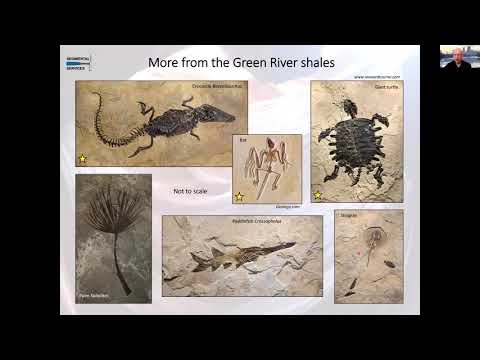Description:
Explore extraordinary modes of fossil preservation in this 58-minute talk by Jon Noad from the Royal Tyrrell Museum of Palaeontology. Delve beyond common permineralization to discover spectacular examples of unusual fossilization processes. Learn about fossils replaced by opal and various metals, including gold; preserved internal organs as casts; and fossilized feathers, nests, and eggs. Examine three-dimensional specimens and other rare preservation methods. Investigate diverse fossilization environments, from fine-grained sediments and lithographic siltstones to volcanic deposits and submarine channels. Uncover the secrets of preservation in amber, limescale, travertine, and tar beds. Gain insights into mineralization, carbonization, and the creation of fossils in materials like glass, wood, and silica. Discover the fascinating world of fossil metals, including iron sulfide, pyrite, and even gold-preserved whales.

Extraordinary Modes of Fossil Preservation
Add to list